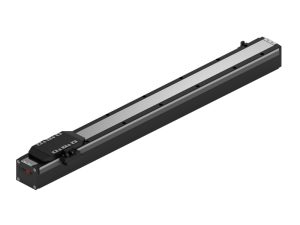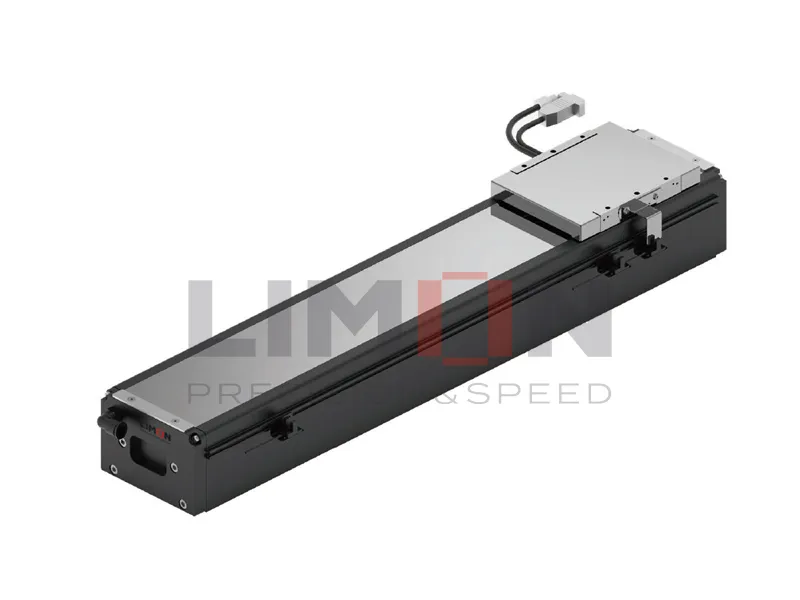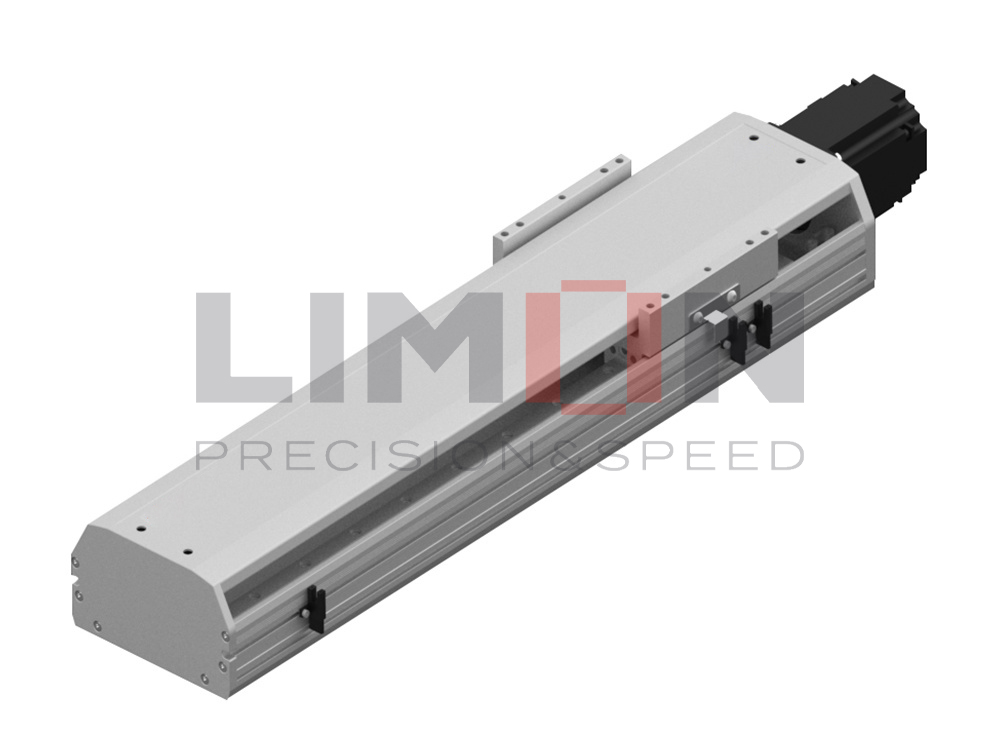When precision, speed, and longevity are non-negotiable, many industries turn to the linear motor actuator. But along with its premium performance comes a higher price tag compared to the traditional ball screw linear actuator. So—what drives this cost?
Core Component: Electromagnetic Drive System
The linear motor operates on a fundamental shift in motion mechanics. Instead of converting rotary motion into linear movement, it creates direct linear motion using an electromagnetic drive system. This system consists of:
A primary coil (stator) that generates a magnetic field
A secondary moving magnet (forcer) that rides the magnetic field to produce motion
This contactless drive removes all intermediate mechanical parts—no screws, no belts, no gears. The result? Near-zero friction, zero backlash, and ultra-smooth, high-speed performance.
Why Is a Linear Motor Actuator More Expensive Than a Ball Screw Linear Actuator?
Several factors contribute to the higher cost of linear motor actuators—and each one ties directly to performance advantages:
1. Advanced Design, Zero Compromise
Unlike ball screw actuators, linear motors don’t rely on mechanical contact. This means:
No component wear
No mechanical backlash
No need for constant realignment or lubrication
They offer clean, contactless motion—ideal for high-precision environments like semiconductors and advanced robotics.
2. Superior Motion Performance
Linear motors excel in:
Acceleration
Top-end speed
Sub-micron positioning accuracy
This makes them the go-to choice for tasks where speed and precision must coexist, such as laser cutting, pick-and-place systems, or medical diagnostics.
3. High-End Materials and Complex Engineering
Building a linear motor actuator involves:
Premium magnets (often rare earth materials)
Precision-engineered windings
Sophisticated controllers and encoders
These components don’t come cheap—and neither does the advanced assembly process that ensures long-term performance with minimal maintenance.
4. Improved Energy Efficiency and Heat Dissipation
Without mechanical drag, a linear motor naturally:
Runs cooler
Converts power into motion more efficiently
Requires less frequent maintenance interventions
These operational advantages translate into a lower total cost of ownership over time, even if the initial investment is higher.

Summary
Yes, linear motor actuators come with a higher price tag—but what you gain in return is next-level performance:
Direct drive without wear-and-tear components
Precision at speed, with exceptional control
Lower maintenance and longer service life
Greater energy efficiency for long-term ROI
In industries where reliability and motion accuracy are mission-critical, the choice is clear.
Explore Precision Motion with LIMON
Looking to upgrade to a linear motor actuator? Visit LIMON for expert-engineered solutions that deliver superior motion control, long-term durability, and industry-leading support.




2.jpg)
